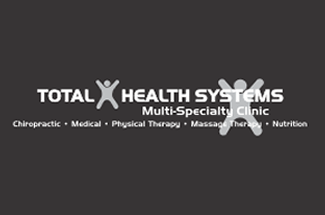
Macomb County Physical Therapy Assistant explains Strain and Counter Strain
About SCS
Strain counterstrain is a manual massage technique for relieving musculoskeletal spasms and pain. A positional release technique, SCS was developed in 1981 by the osteopathic physician Dr. Lawrence Jones. It is a gentle and safe technique that relieves spinal or other joint pain by passively shortening the affected muscle areas.
Repetitive or acute strains can lead to the development of painful tender spots. Dr. Jones identified the most common tender points that result from an abnormal reflex or unnatural movement. SCS focuses on correcting abnormal neuromuscular reflexes by placing client in a comfortable position, and determining at what point his/her tenderness diminishes. SCS involves:
· Having the client hold his/her position of comfort for approximately 90 seconds
· Then, the client is slowly brought out of this position, allowing the body to return its muscles to a neutral position
· SCS is well-tolerated because it positions the recipient opposite his/her restricted barrier and towards the position of greatest comfort
An Explanation
Various scientists have offered explanations as to why SCS is so effective. Written in the 1970s, Irwin Korr’s work on muscle spindles and facilitated segments provides a solid rationalization for SCS. According to Korr, the counterstrain point is on the opposite side of a strained or suddenly stretched joint, otherwise known as the over-shortened side. The physiology that actually occurs on this side is a sudden shortening followed by a rapid return to normal length. On the strained side, the muscle spindles are recruited to protect the rapidly lengthening muscle from damage, creating an immediate reflex contraction. This muscle can then get stuck in a functionally shortened position.
During an Strain Counter Strain session, the practitioner palpates to identify active tender points related to hypertonic musculature. When the appropriate position is held during SCS, the muscles gain strength and diminish in tenderness. The proprioceptor nerves register the changes in the position of the muscle and enable it to remain in this neutral position even when the force applied by the practitioner has been removed.
Applications
There are many benefits to using the strain/counterstrain technique, In addition to restoring range of motion, strain counterstrain can also help alleviate pain and discomfort in muscles and joints. Some examples of when to consider SCS for a client include:
· Post-injury pain
· Whiplash
· For a child or elderly person in pain
· Neck and back pain
· Fibromyalgia
Learning the strain counterstrain technique better equips massage therapists to help their clients overcome different kinds of pain. Designed to correct traumatically induced aberrant reflex changes that hold a dysfunctional muscular pattern, Strain Counter Strain is an excellent first choice for dealing with extreme discomfort. Sometimes finding someone’s most comfortable position can bring them the breakthrough relief they are hoping to find.
Macomb County Physical Therapy Assistant explains Strain and Counter Strain
Call one of our three location for a Macomb County Physical Therapy Assistant or more information about Strain and Counter Strain.
